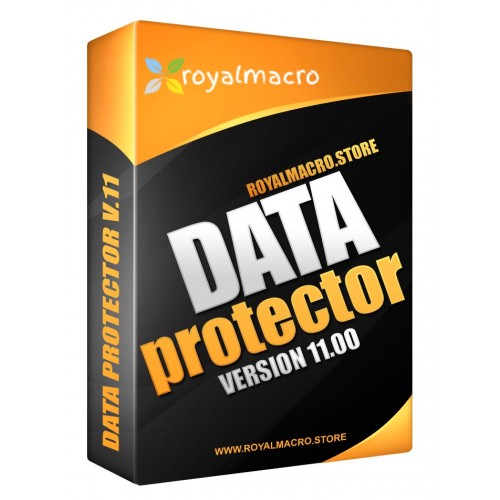
Any person who uses PC and Internet must have heard about logins and passwords. The carefree time of early PCs is never coming back. There are passwords for everything - websites, forums, chats, e-mail, newspaper subscriptions - the list goes on and on. Plus, there are credit card numbers, PIN codes, SSN, bank account numbers and other information. To remember all that, you have to have an exceptional memory. Otherwise, this all has to be written down somewhere. But where? A napkin? A piece of paper? On the back page of last month's report? But what if you have more numbers, like other people's Social Security or bank account numbers. You've got to protect this data, otherwise, it can be easily stolen. Clearly, you need to be able to create encrypted records that can not be deciphered by a hacker or a thief even if they somehow get their hands of these documents.
OK, so obviously you need encryption protection. But, simple encryption means nothing to modern computer thieves who know more about PC security then an average IT-specialist. In order for encryption to be effective, the password has to be "strong" (containing a long combination of letters, symbols and numbers) and the encryption algorithm hack-proof (hack-proof algorithms take hundreds of years to "pick").
This is what cryptography is about - helping the good guys protect their secrets from the bad guys. The list of hack-proof encryption algorithms is not that long - Blowfish, Rijndael (new AES), Twofish, Serpent and a few others. If you encrypt your data with these algorithms, you are using the same protection as the US Department of Defense. And these guys know how to guard their secrets.
Cryptology is a science that studies everything that has to do with codes and passwords. Cryptology is divided into cryptography and cryptoanalysis. The first produces methods to protect data, the second to "hack" them. Whose job is more difficult is hard to say. Most professionals say that a good cryptoanalytic who is good at hacking and cracking codes is capable of coming up with a new stable (meaning hack-proof) algorithm.
So, since cryptography's primary objective is data protection, it provides solutions for four different security areas - confidentiality, authentication, integrity and control of interaction between different parties involved in data exchange. Encryption, in simple terms, is simply converting data into "unreadable" form. This is the primary confidentiality engine - keeping secrets away from people who are not supposed to know them.
Cryptography is by far the most powerful method of information protection. It first appeared thousands of years, but was significantly "fortified" by mathematics within the last fifty years.
Basically, there are two encryption methods that use keys - symmetrical (with a secret key) and asymmetrical (with an open key). Each method employs own procedures, key distribution modes, key types and encryption/decryption algorithms.
This software "Data Protector" uses Symmetrical method. It uses a single key for encrypting and decrypting data. Actually it uses AES Rijndael Block Cipher Encryption Algorithm to encrypt/decrypt data. These keys are widely used for storing and protecting confidential information, since the keys are not very long and large amount of data can be encrypted very quickly. Many people "compress" data by one of many applications that do that before encryption, since this step significantly complicates crypto-analysis that is bases solely on the cryptic text. Most advanced programs do that automatically and this parameter is included in encryption options.
Write a review
Product Code: PS-SS-52-188